April 19, 2024
Coast-to-coast: San Francisco to Savannah (Part 19)
By Simon J. Lau

We visited Rock City Garden this morning, perched high on Lookout Mountain in Georgia. The big draw here is the view. On clear days, like today, you can see as many as seven states: Tennessee, Kentucky, Virginia, North Carolina, South Carolina, Georgia, and Alabama. There’s something pretty special about looking out across that much of the South from a single spot.
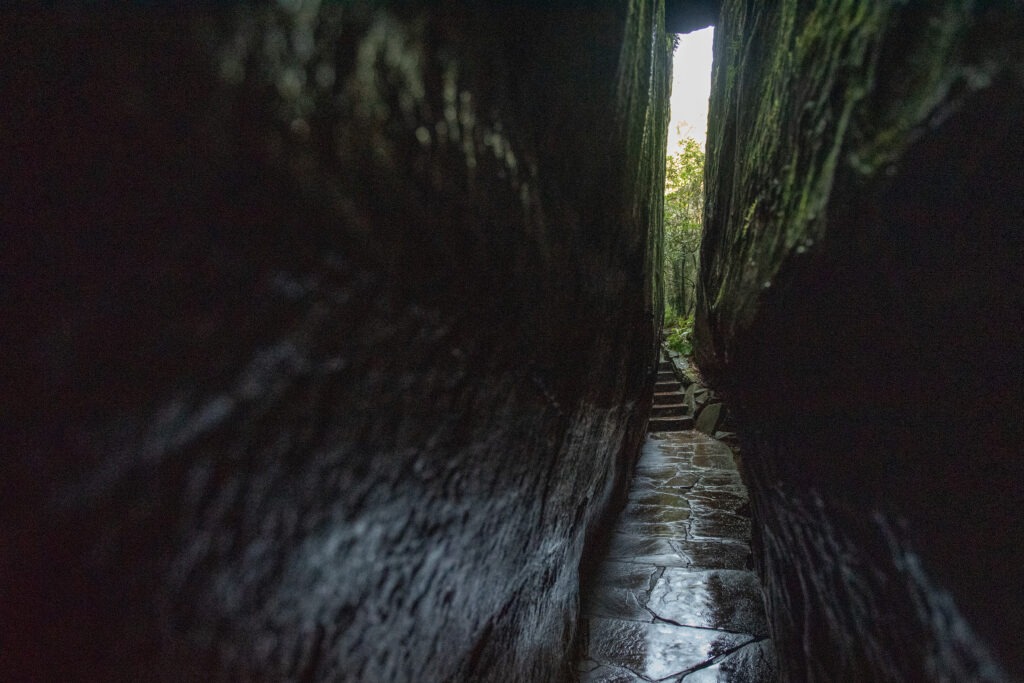
The trails were just as memorable. They wind through massive moss-covered boulders, with narrow passageways and stone bridges tucked between them. Squeezing through some of those gaps was fun, though a little awkward with a backpack, camera, and Bruno in tow. At times the squeeze was so tight I wondered what would happen if I were a few pounds heavier. Of course, Bruno slipped right through.
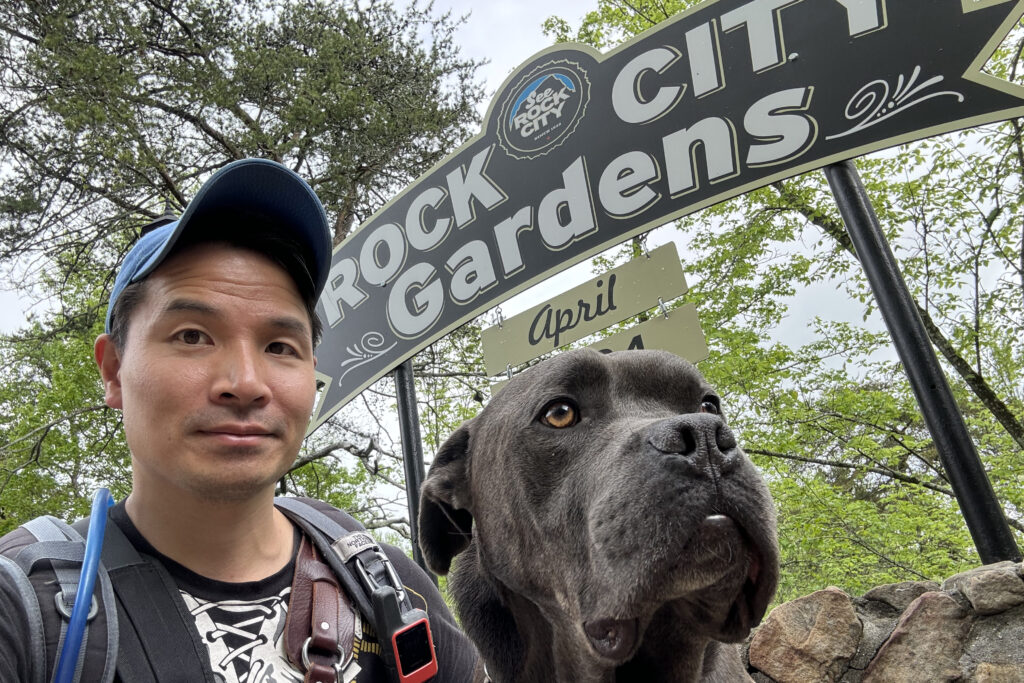
I only realized after buying tickets that Rock City is really meant for kids. First off, it was pricey for what I got, $36 for a lot of gnomes and fairy-tale characters. Second, the place was swarming with over a hundred kids on field trips. (I forgot how loud kids can be when they’re together.) When I mentioned this in my business school chat, a friend from Atlanta, who’s not far from here, replied, “That place is for families.” Well, here I am, with my “child,” Bruno. At least I came prepared, rocking my pirate shirt.
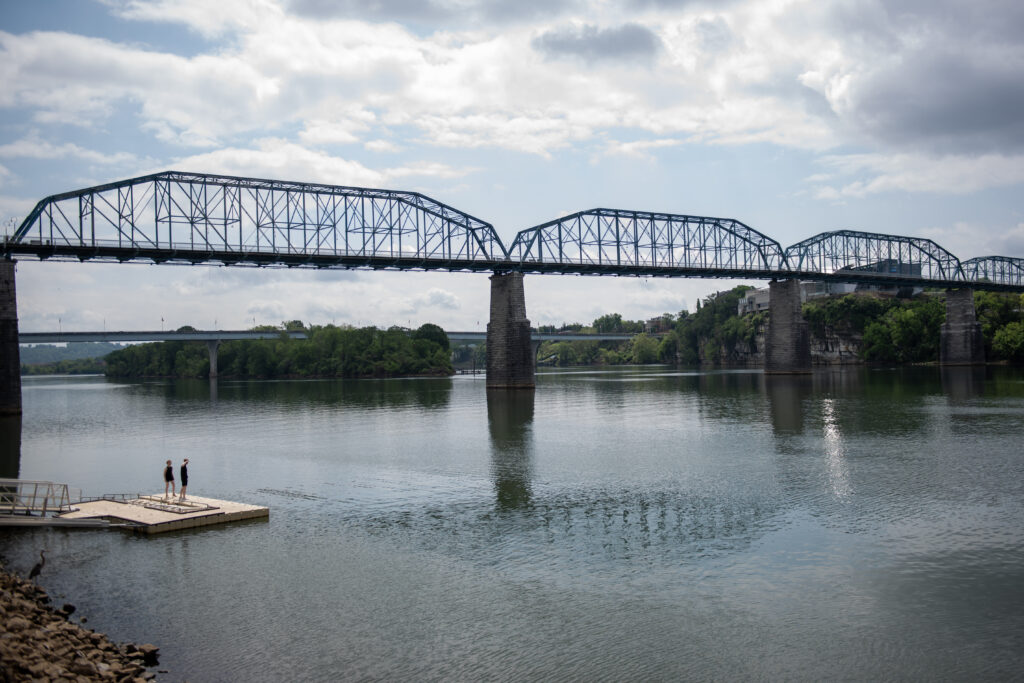
After that, we visited Chattanooga. The city holds historical significance primarily because of its pivotal role in the Civil War, especially during the battles of Lookout Mountain (mentioned earlier) and Missionary Ridge in 1863. These victories secured Union control of the city and opened the way for further advances into the Deep South. Set along the Tennessee River, Chattanooga later grew into an important industrial hub, with iron and steel driving much of its post-war economy.
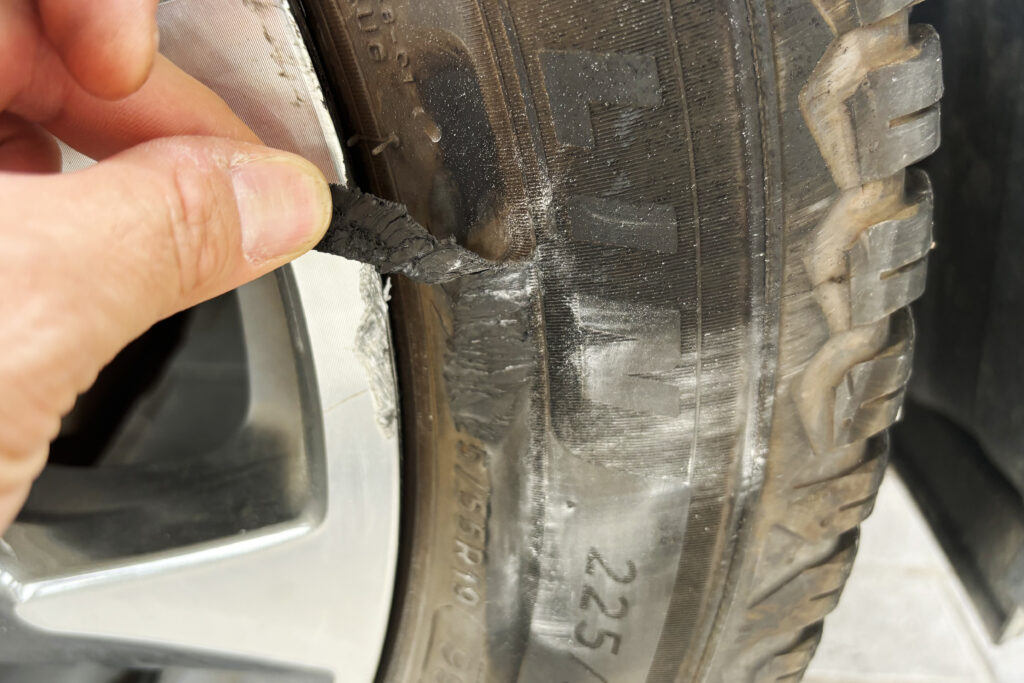
Sadly, as I was parking at Renaissance Park, I hit the curb and damaged one of my tire’s sidewalls. I was prepared to replace it, but after dropping by two tire shops, both places let me know that “it’s just cosmetic.” One employee went so far as to call it nothing more than a “flesh wound.” I’m keeping this tire for now, but let’s hope I don’t come back to regret this
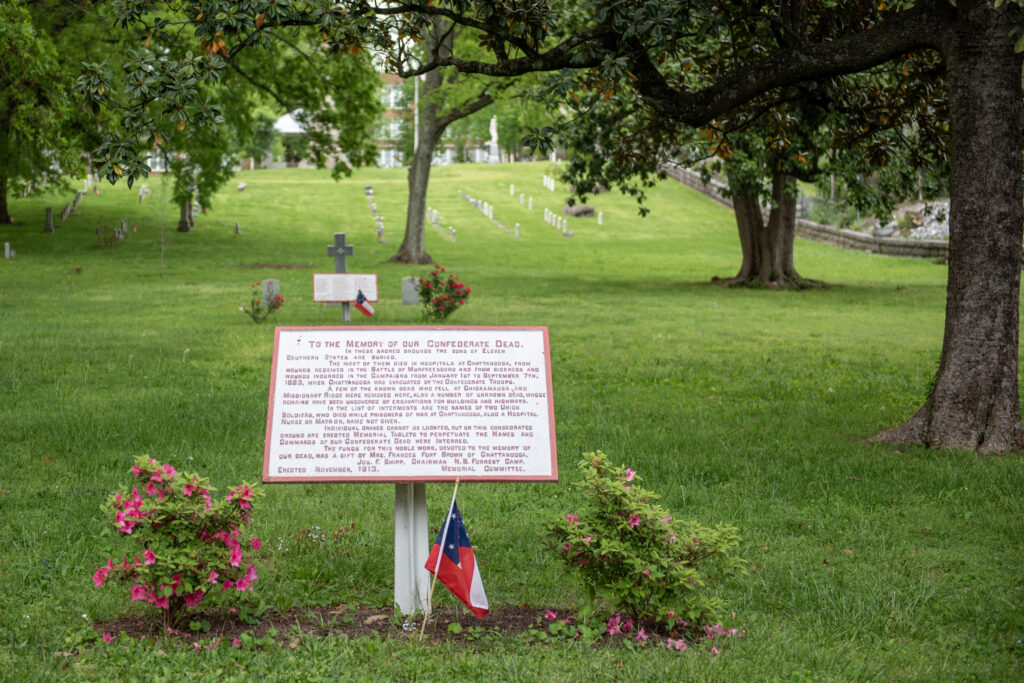
Finally, we visited a Confederate cemetery, established in 1863 after the Battle of Chattanooga, a key Union victory. It holds the graves of more than 1,600 Confederate soldiers, many of them unidentified, along with two Union POWs.
The setting itself was unusual. The cemetery sits beside a citizen cemetery and backs up onto the University of Tennessee at Chattanooga campus. Coming from the West, I had expected Confederate graves to be scattered and largely unmarked, so I was surprised to see such a formal resting place. After spending weeks in the South, I’ve come to see just how strongly the Civil War still lingers here.
What struck me most was connecting the war back to the country’s earliest debates about federal power. The Articles of Confederation were the nation’s first governing framework and the direct precursor to the Constitution. They deliberately created a weak central government that could not levy taxes, regulate trade, or enforce laws, leaving most authority with the states. That arrangement soon proved unworkable, and in 1789 the Articles were replaced by the Constitution, which gave much more power to the federal government.
Many Southerners came to see this shift as a direct threat to state sovereignty. Those fears only deepened with Lincoln’s election and his vow to abolish slavery, a move that would devastate the South’s agricultural economy. Taken together, these forces pushed the nation into war. Until now, I hadn’t fully connected the conflict over slavery with the broader struggle between strong and weak central government. Seeing it this way helped me better understand why that dispute continues to shape American politics today.

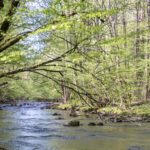


Comments are closed.